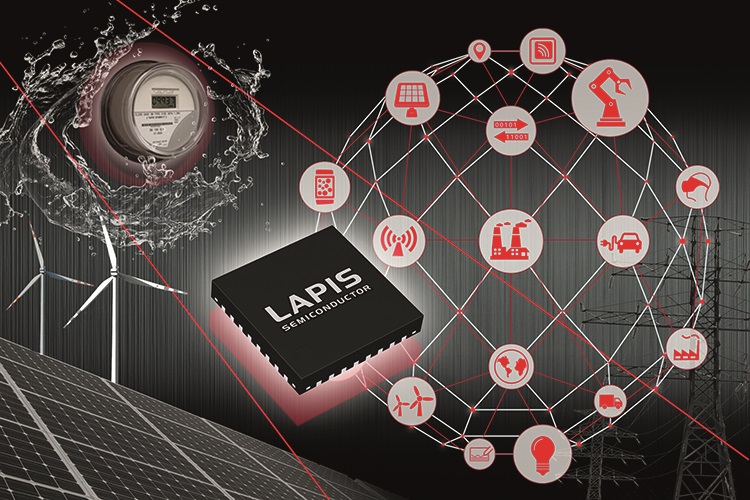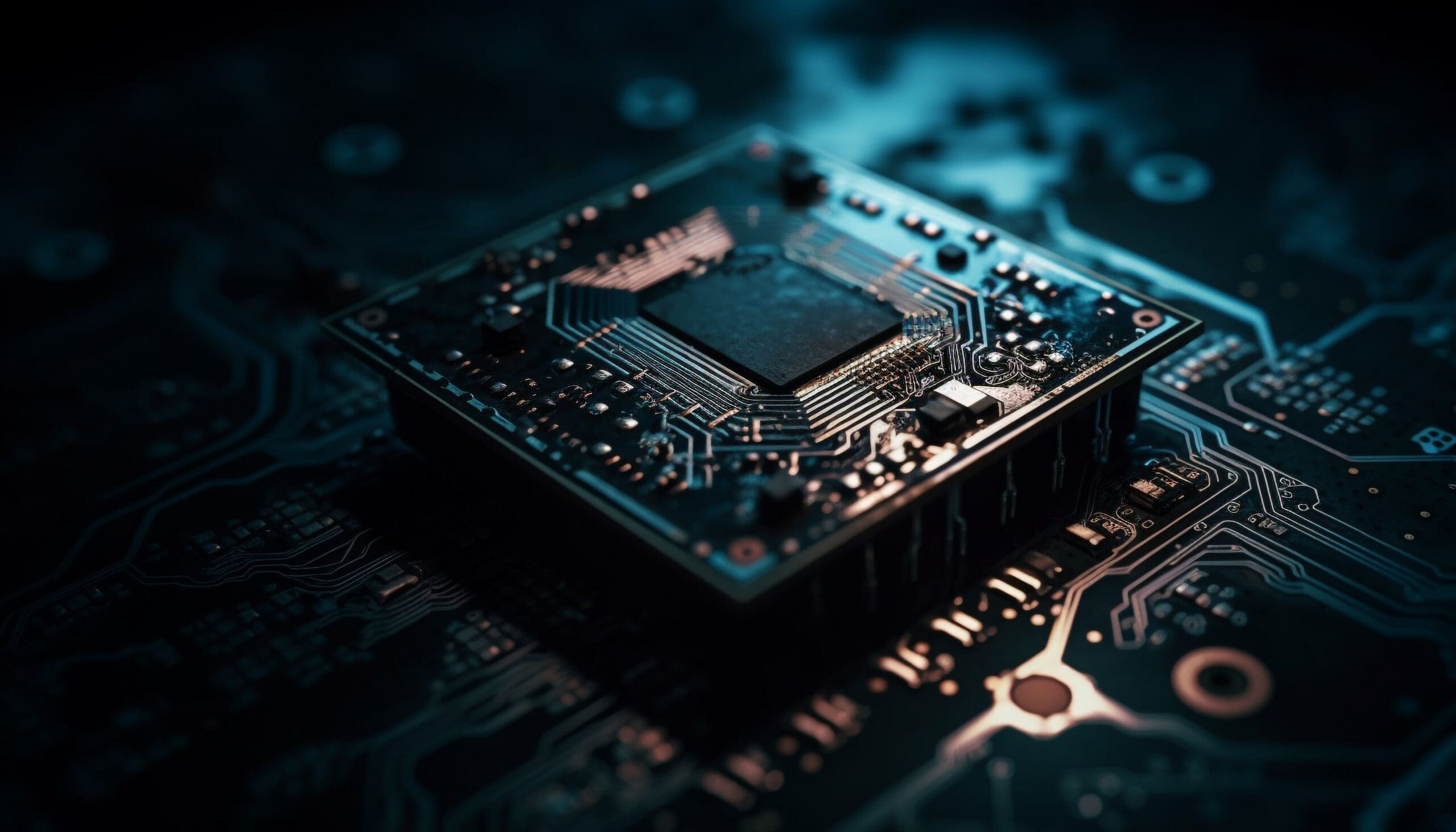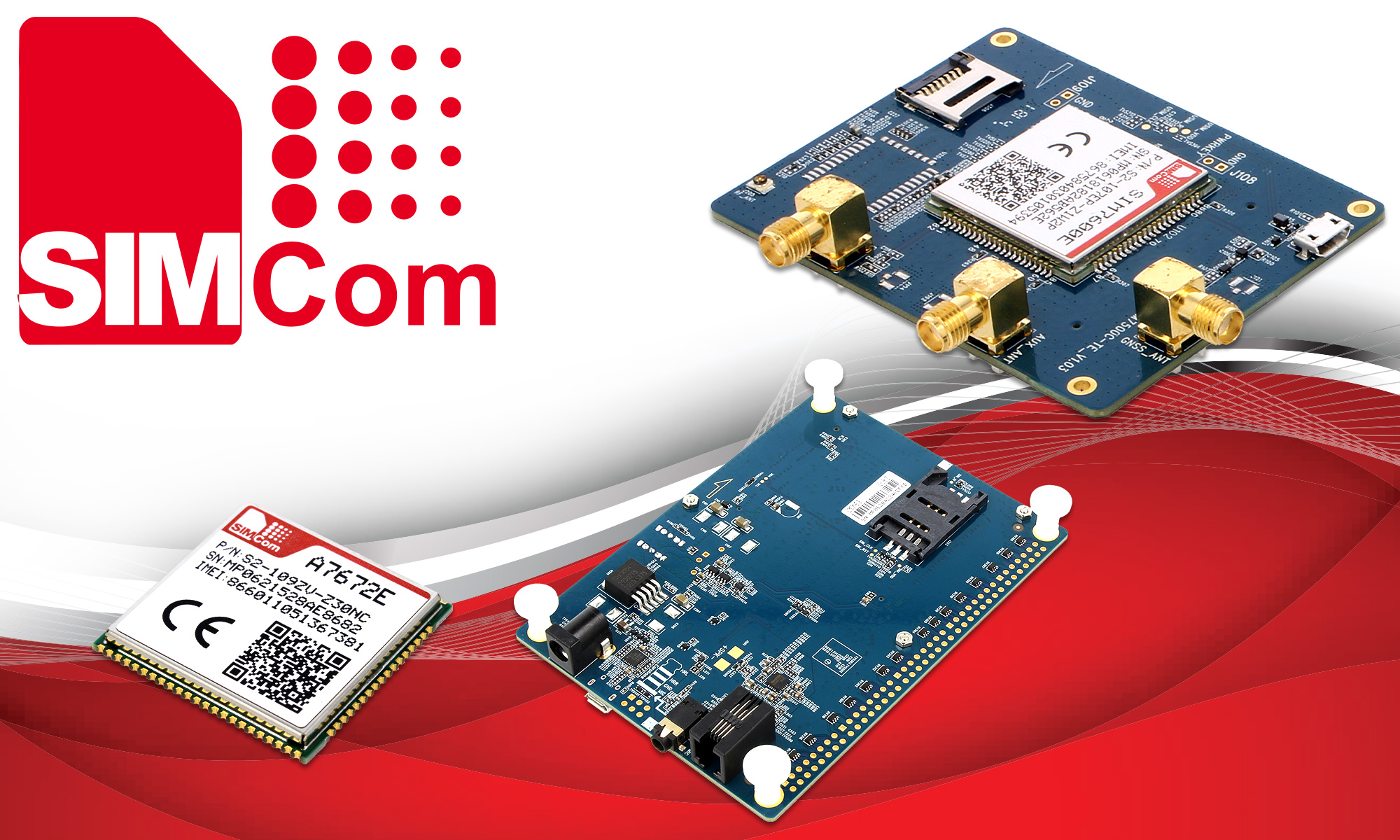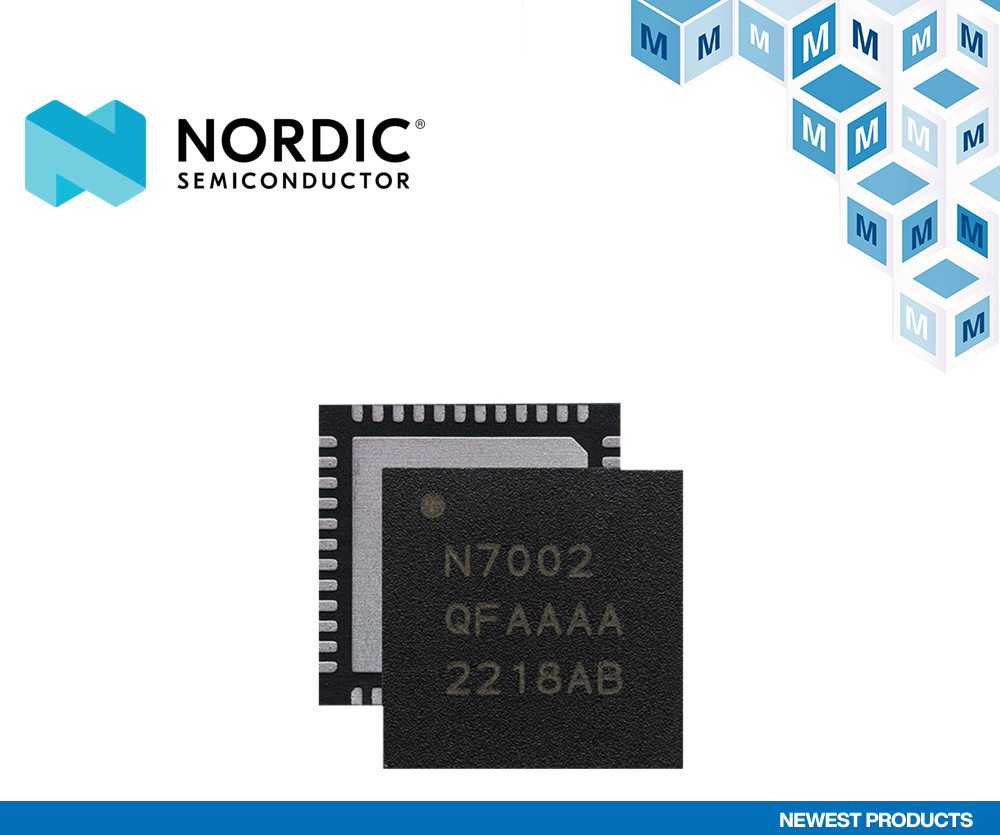In today's world, we can encounter various types of smart devices and systems with increasing frequency. Their task is quite simple: to improve and facilitate human life. Voice controllers, smart lighting systems, power consumption monitoring sockets, sensors of environmental conditions - all these devices qualify for the concept of the so-called Internet of Things (Internet of Things = IoT). In the article we will see the most popular communication standards used in this type of applications.
- What is IoT and how does it work?
- What communication standards does IoT use?
- IoT application at home and at work
- What devices can enter the IoT network
According to the definition, the Internet of Things is a digital network created by interconnected objects and, at the same time, a network that connects to the physical world. This statement was first used by Kevin Ashton, a British entrepreneur who in 1999 started the IoT trend. In other words, the Internet of Things can be described as interconnected devices that can collect data, analyze it, and share it with other devices. An example of this is a intelligent ventilation and heating system in a large company. Distributed throughout the facility Sensors can collect data on environmental conditions during production processes, as well as in offices and warehouses. The Controllers of air handling units, infrared heaters and boilers connected to them can react to the collected data, adjusting its parameters in real time to maintain the temperature, humidity or oxygen level according to the standards adopted in the factory.
How does IoT work?
The IoT ecosystem is built with smart devices that support a specific type of communication, most often wireless. These are devices like microcomputers, sensors and communication equipment to collect, send and manipulate data. IoT devices share the data they collect by connecting to other higher systems for analysis and processing. Master devices can also communicate with other data collectors to together create a huge common IoT system. IoT devices do most of the work without human intervention, although humans can interact with them, e.g. configure them, instruct them or access data.
How do IoT devices communicate?
IoT devices are connected to each other usually over a WI-FI network. It is a very convenient solution, but sometimes this type of communication is an excess of form over substance. Also, it happens that the launched equipment is not within the range of any network. So we have to use a different type of communication. Therefore, in addition to the most popular communication protocols in IoT networks, it is also worth knowing the more specific solutions.
WIFI in IoT installations
The absolute hegemony when it comes to forms of communication between IoT devices is the aforementioned WI-FI. The Typical WI-FI connection for data exchange uses radio waves with specific frequencies: the most popular are 2,4 GHz and 5 GHz, but more and more often there are also 6 GHz, providing up to 1200 MHz broadband. WI-FI is usually used by the most advanced elements that can be part of the IoT system: smartphones, computers and microcomputers. The most popular modules compatible with the WiFi standard are undoubtedly ESP8266 y ESP32.
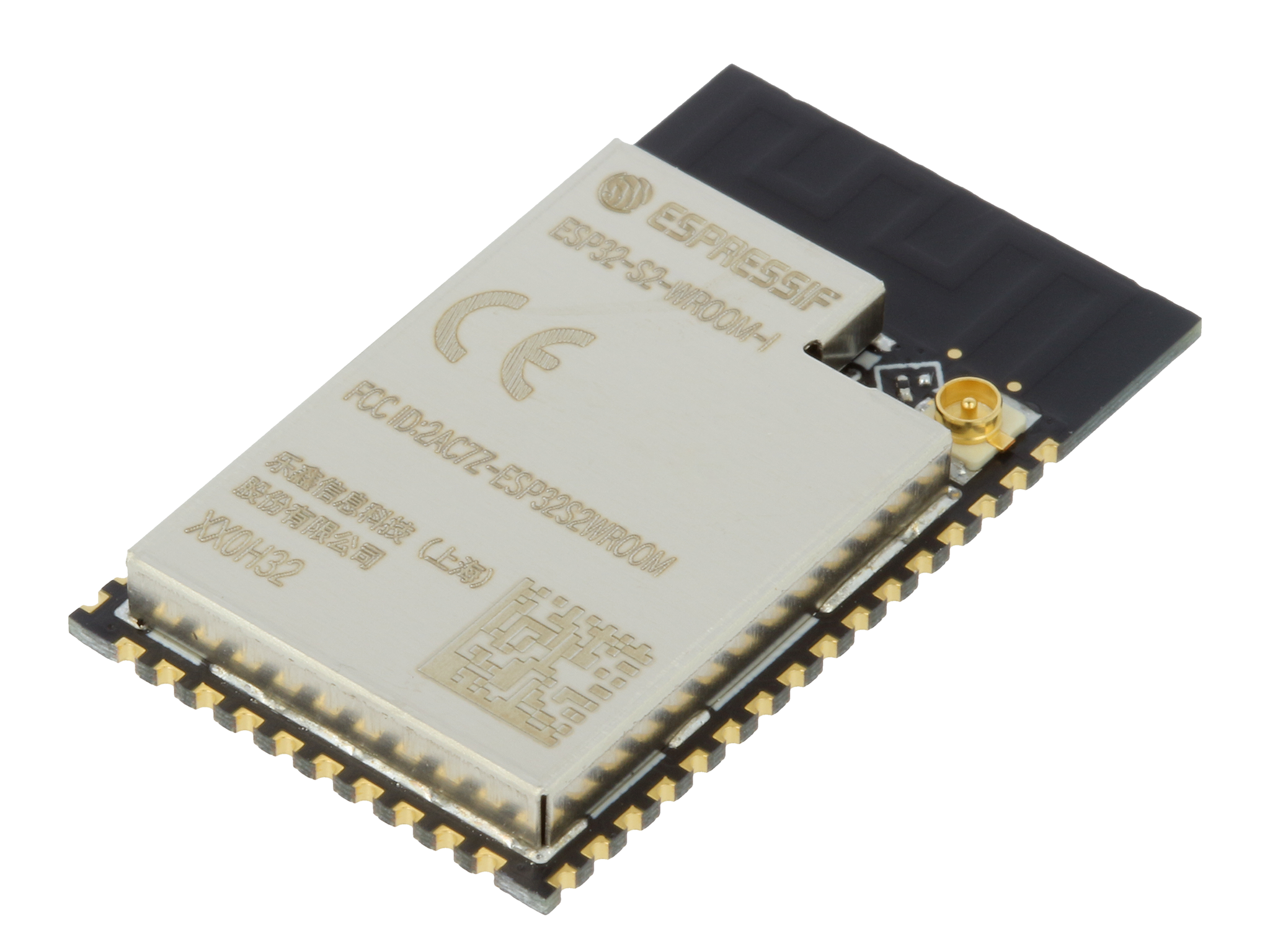
TME's offer includes many WI-FI and Bluetooth modules
Bluetooth
Bluetooth is one of the short range communication protocols most used. Devices communicating through this interface can transmit data over a distance of from one meter to 100 m, depending on the power class. This is a parameter closely related to range, determining the output power of the transmitter. There are three classes of power – class 1 – power 100 mW (20 dBm), maximum range: 100 m, class 2 – power 2,5 mW (4 dBm), maximum range: 10 m, class 3 – power 1 mW (0 dBm), maximum range: 1m. Bluetooth is a standard Internet of Things protocol that, like WI-FI, uses radio waves (typically 2,4 GHz) as a data medium. Bluetooth is a relatively secure communication standard, ideal for mobile solutions where high data throughput is not necessarily needed Short range and low power are the distinguishing characteristics of Bluetooth. It is also worth mentioning BLE, i.e. Bluetooth Low Energy. Is a low energy version of the Bluetooth protocol, which is used with particular enthusiasm in the IoT industry, mainly in small battery operated devices.
Ethernet
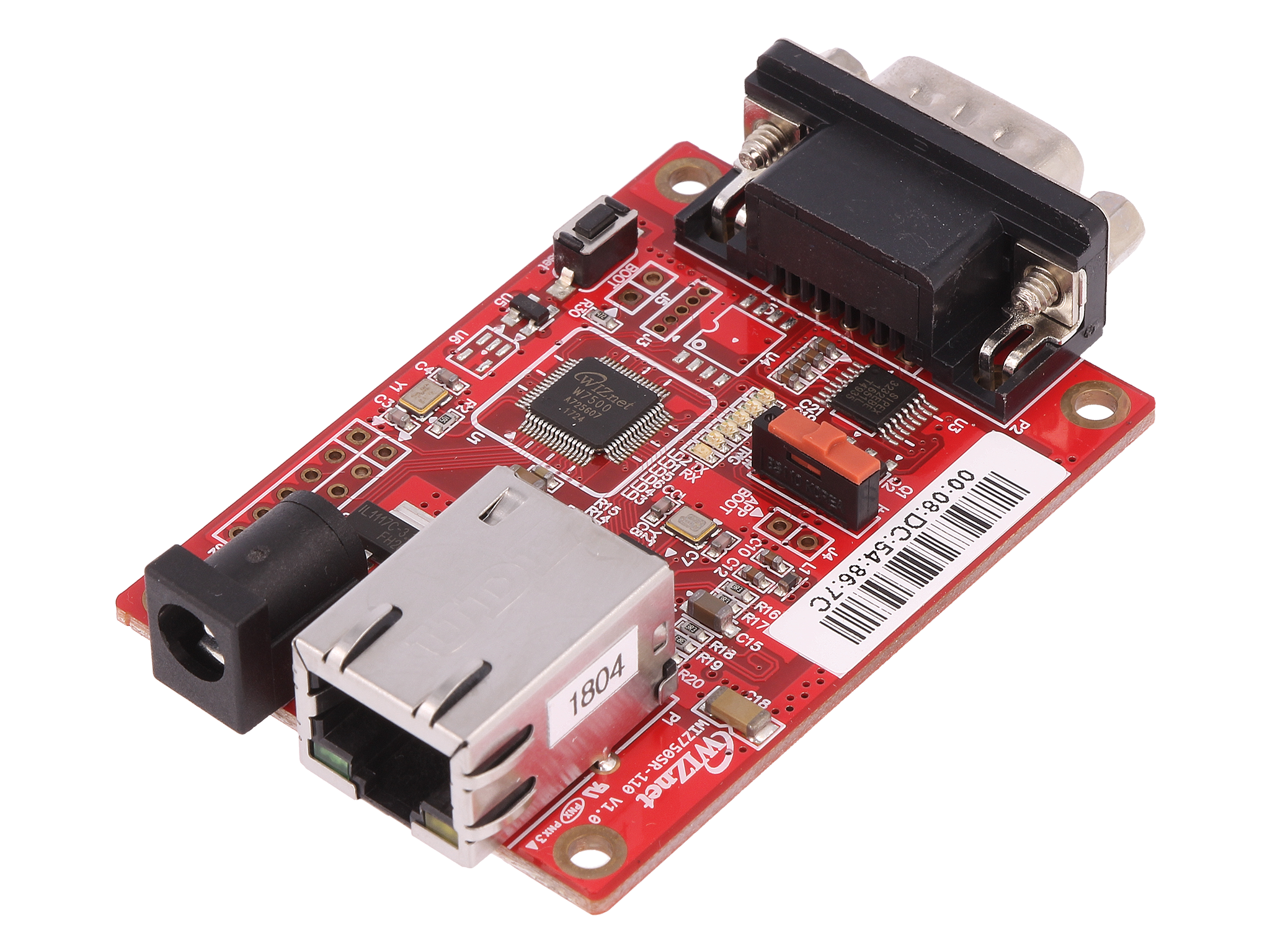
Ethernet networks require wired connections.
IoT system is not just about wireless communication. IoT devices can also use the well-known type of wired connection for Ethernet communication. This is not the most convenient solution, since a cable must be connected to the device and routing can be problematic in some places. However, there are places where it will be very easy to base the new IoT network on said communication standard. We are talking here about larger companies and factories, where usually all areas were already equipped with a wired network connection. If you want to modernize your company a little, you can easily deploy IoT devices based on an Ethernet connection.
NFC
NFC is also one of the IoT communication protocols. It is a network with low bandwidth and power, used to exchange data over short distances, generally up to about 4 cm. Due to its specificity, this type of communication is used in quite specific conditions and situations, for example in the case of contactless payments. NFC can also be used in access control systems connected to a larger IoT network.
Zigbee
ZigBee is a data transmission protocol similar to Bluetooth. Used mainly in industrial conditions. Here, too, they are used 2,4 GHz radio waves to transmit data. Zigbee is characterized by low power consumption, low bandwidth (up to 250 kbps) and a fairly wide range of up to 100 m. Although the Zigbee standard is old, Its characteristics make it ideal for IoT applications. It is worth mentioning here the mesh topology on which Zigbee is based. This means that the network is easy to build and maintain because connected devices connect to each other directly, dynamically and non-hierarchically. In other words, each device connects to other devices within range, thanks to which the network organizes itself.
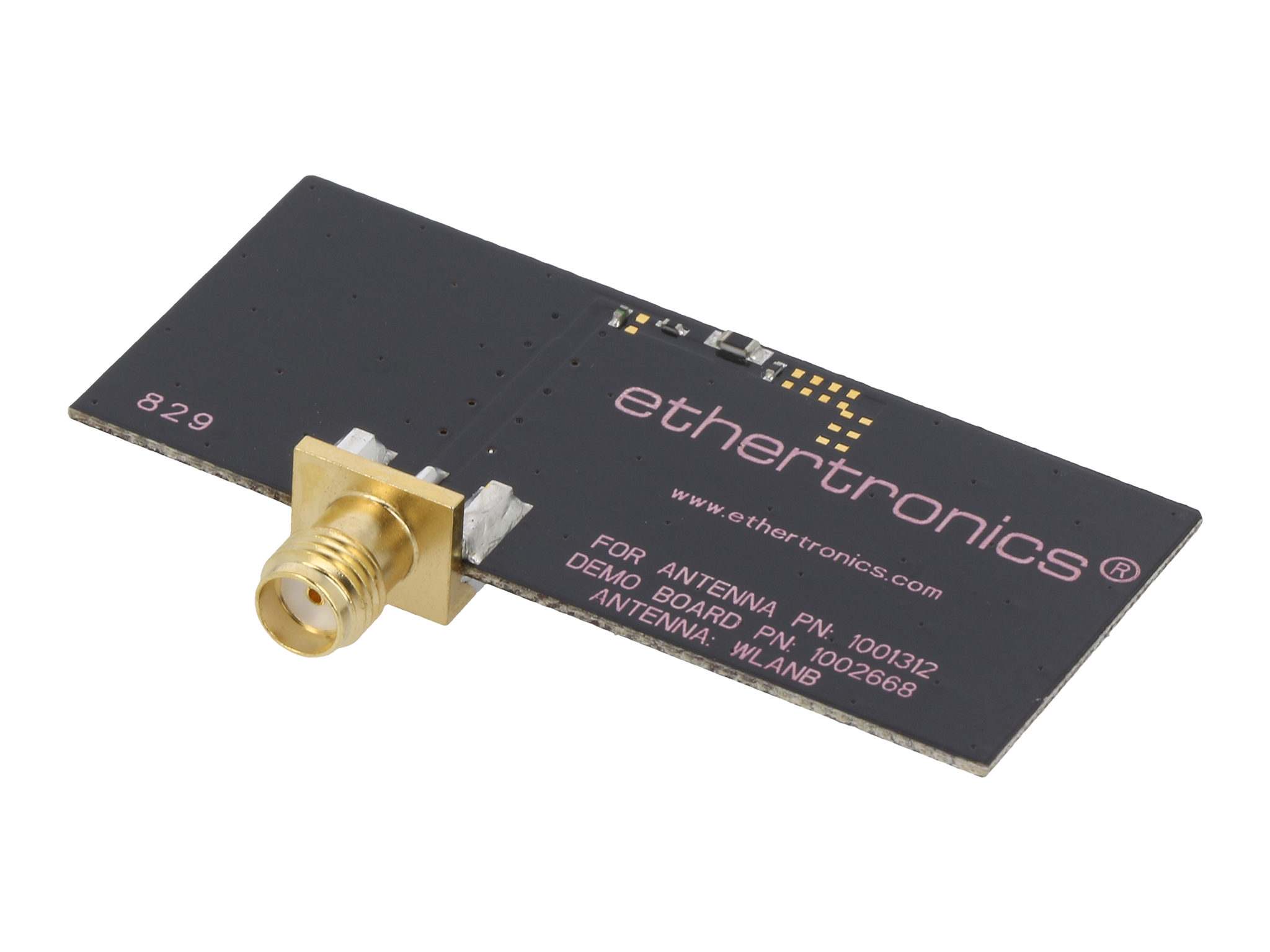
Expansion boards are a convenient way to expand your IoT network
Mobile telephony
IoT devices can successfully transmit data over GSM, 4G/LTE and 5G radio mobile telephone networks. This will be a particularly desirable solution, especially if we want to send information over long distances. However, it must be remembered that mobile transmission consumes a lot of energy, so when designing this type of IoT solutions, we must take into account constant access to energy or communication only in a specific and limited time, which, however, disqualifies the cellular network from real-time systems. Despite this, mobile networks have a fairly important advantage – range. Today, thanks to mobile network providers, IoT devices using this solution can be placed virtually anywhere.
LoRaWAN
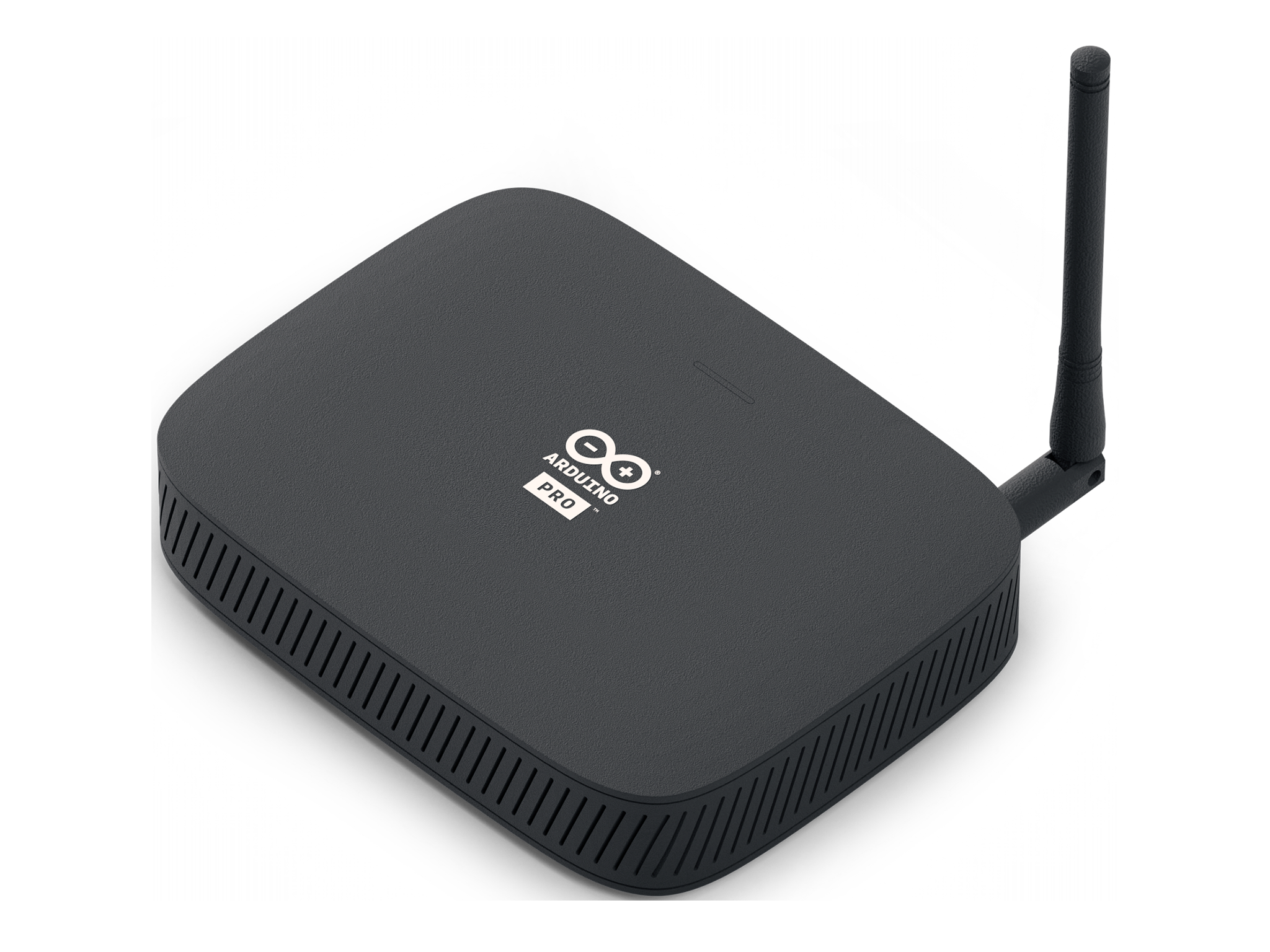
A LoRaWAN compatible gateway
LoRaWAN is one of the most popular IoT technologies, mainly aimed at devices where power consumption counts. This protocol is characterized by low power consumption and low transmission speed (0.3kbs to 50kbs). The implementation of LoRaWAN technology is especially recommended in small, often mobile, battery-powered devices. An example can be here water level sensors located in the open pit mine area. Devices spread throughout the complex are connected to the central base, which may even be a few kilometers away. This communication is usually one-way, that is, the sensor sends data to the base, usually several times a day. Unfortunately, this solution makes it impossible to view live data, but thanks to this, the sensor placed in the field consumes much less energy and can run on batteries.
SIGFOX
One of the most interesting IoT solutions is the Sigfox communication standard, somewhat similar to LoRaWAN, although in reality both solutions differ quite significantly. Sigfox allows you to receive data from many devices, but they do not have to be permanently connected to the network. Equipment placed in the field sends small amounts of data, a single frame has a maximum of 26 bytes. Radio frequencies are used for communication: in Europe and the Middle East it is 868 MHz, while in North America it is 902 MHz. One of the key advantages of Sigfox is the fact that the devices are not permanently associated with any base station, they send data over the air, thanks to which it is received by the base that is within range. Besides, Sigfox is based on cloud computing, which means that all calculations are done in central units. The task of devices in the field is only to collect data from sensors and send them to the network, thanks to which They require little energy to operate and can be powered by batteries.
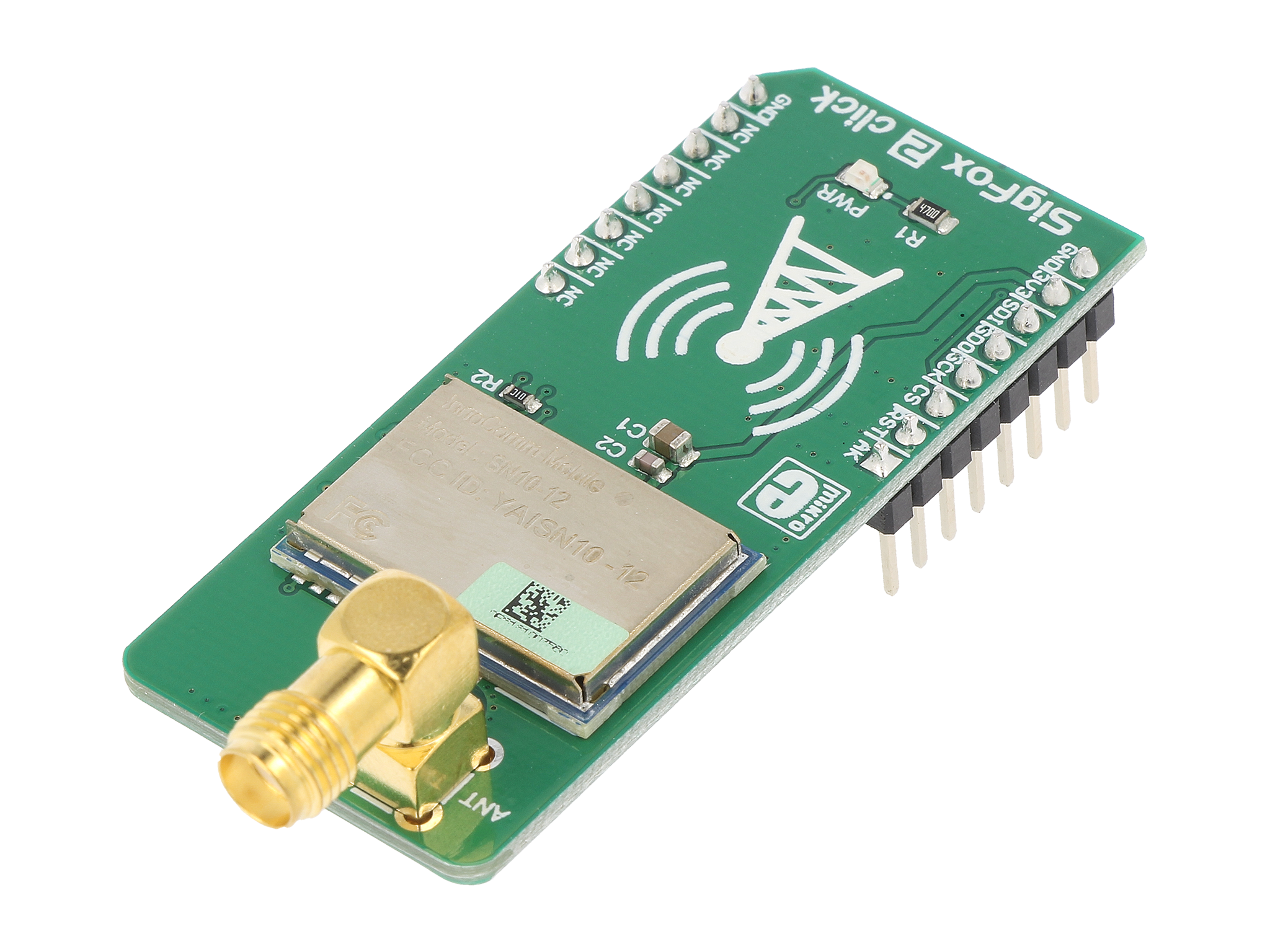
The Sigfox module of the MikroE offer.
Z-Wave
It is an emerging IoT wireless communication protocol designed for home automation devices. Z-Wave is a low-power radio communication technology, operating in the band below 1GHz. It is capable of supporting up to 232 devices simultaneously. Home automation components such as smart lamps and sensors are the main application areas of this type of communication.
Internet of Things Device Application
The Internet of Things helps people live and work more efficiently and comfortably. Devices of this type can be implemented in almost all aspects of our lives. At home, we can easily create a system of smart sensors and actuators combined with a voice assistant. From now on, with a single command, we can turn on the lighting, cover the windows or change the temperature of the room.
IoT devices are also extremely useful for the industry. Besides the management of environmental conditions prevalent in the facility mentioned above, the Internet of Things can also be used to control production processes or manage warehouse logistics. A well-built IoT system allows you to control exactly what happens in the factory. Machine performance, downtime, supply chain, logistics operations. All this data can be collected and saved and based on it you can further optimize the operation of the company.
What can be part of IoT?
Virtually any device can be part of the IoT and the only limit is your imagination. Everything can be smart in its own way: smart sensors that send data to the cloud, controlled from the application level of thermostats, cameras, whose image we can follow from the other end of the world, light bulbs whose color of emitted light can be changed with a clock. The world of IoT devices is constantly growing, according to data, There are already more than 20 billion devices operating under this concept, and what we can be sure of is that this number will continue to grow.
Content produced by Transfer Multisort Elektronik Sp. z oo



